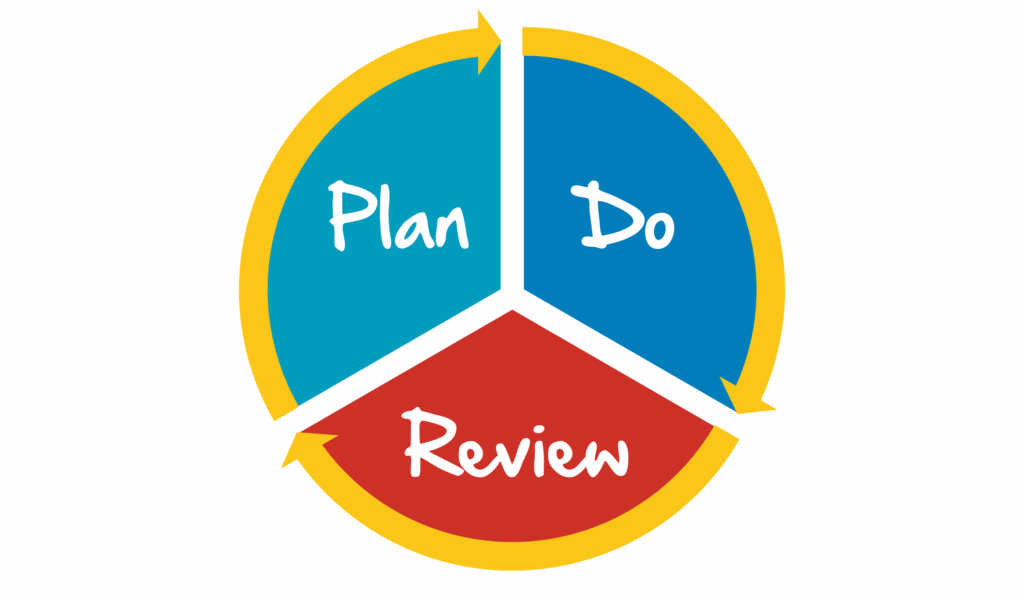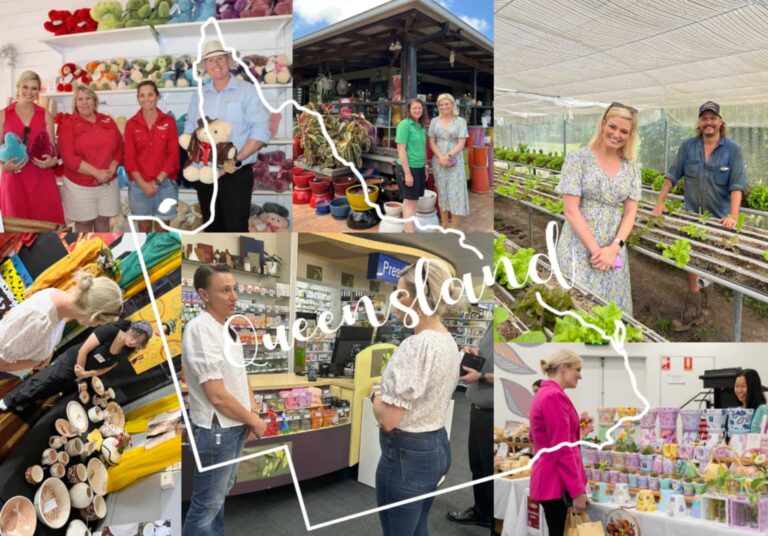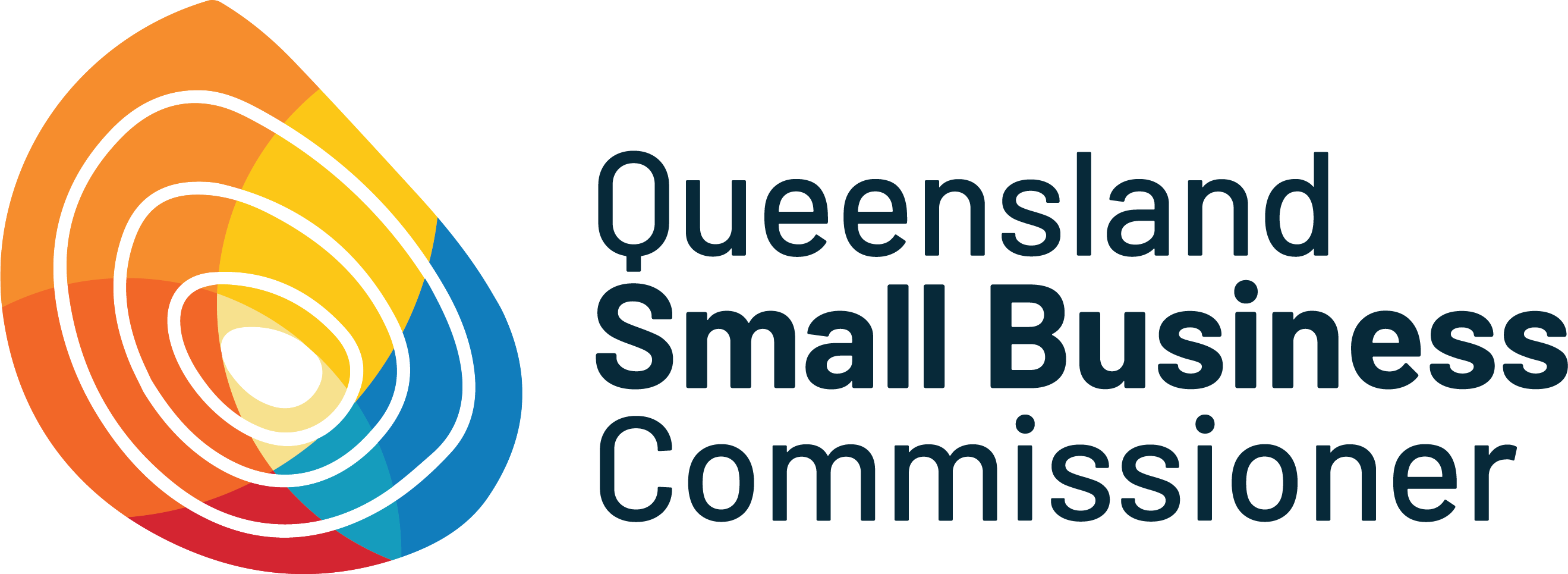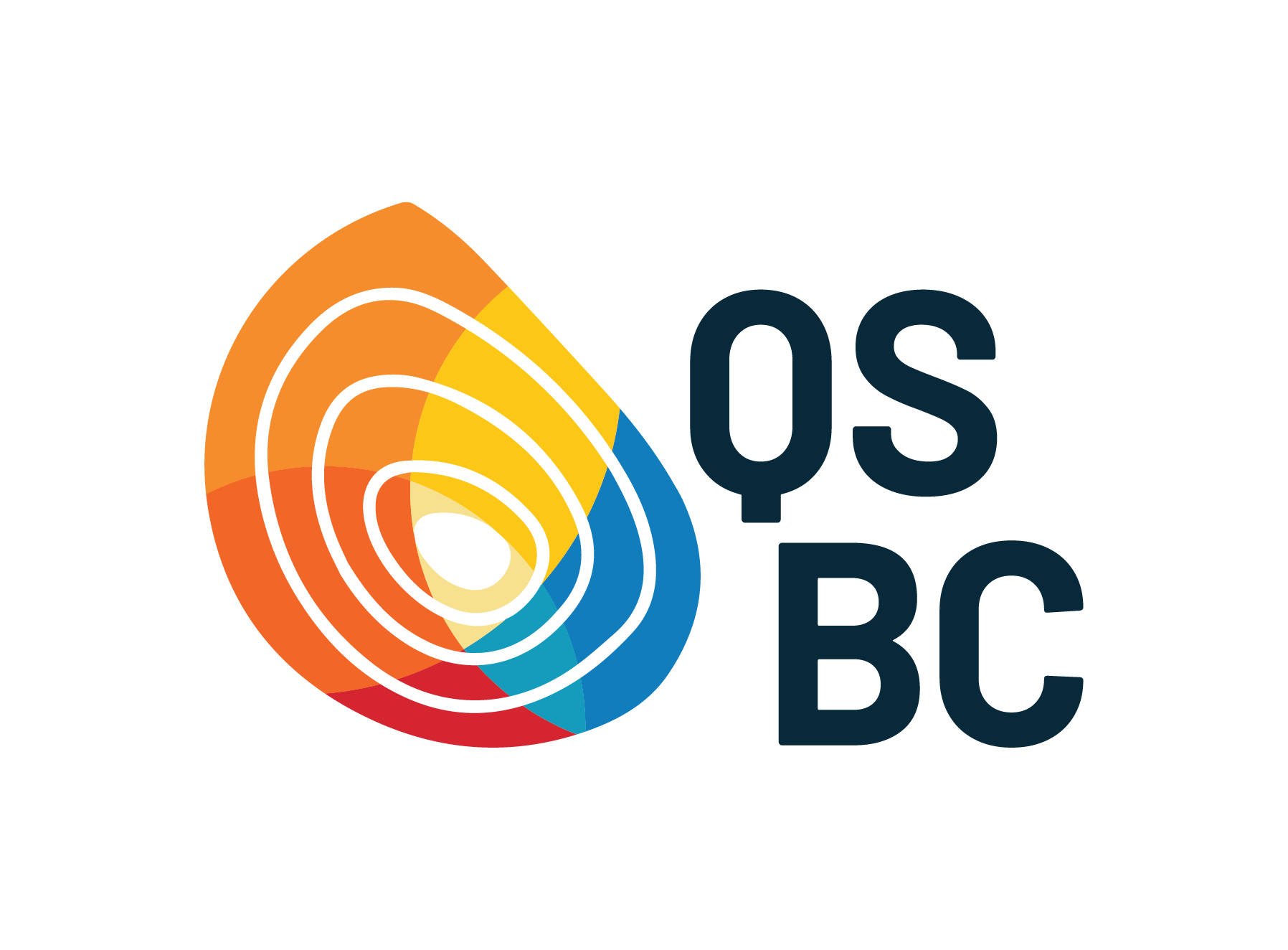Being Small Business Friendly
Being small business friendly is about enhancing the operating environment to help small businesses thrive. This is achieved by actively engaging with small business to understanding their challenges and opportunities then taking collaborative action to align support, reduce barriers and promote opportunities.
Being more small business friendly is about:
- Better understanding the operating environment
- Identifying internal and external stakeholders
- Exploring key challenges and opportunities
- Executing a Small Business Action Plan.


A commitment to action
Members of the program are required to establish and deliver an annual Small Business Action Plan to ensure efforts to be more small business friendly are targeted. This is delivered over a three to four-year cycle of continuous improvement.
Depending on resources and existing strategies, members may choose to integrate actions under a broader Economic Development Strategy; however, the actions being taken to support small businesses and fulfill the SBF Commitment should be explicit.
Plan
The ‘Plan’ phase of creating a Small Business Action Plan is all about setting the stage for the actions that will be taken. It includes three key steps:
- Gathering insights: Assessing the macroeconomic environment and the current state of your organisation.
- Stakeholder mapping: Identifying and communicating with key stakeholders to build support and engagement externally and internally.
- Identifying opportunities: Exploring potential opportunities for action, resource needs and constraints.
The ‘Plan’ phase is critical because it ensures that there is a solid foundation upon which the subsequent ‘Do’ and ‘Review’ phases can build. It involves careful thought, research, and consideration to make sure that your Small Business Action Plan is well-informed, practical, and aligned with your SBF Commitment.
The ‘Plan’ phase is undertaken at the start of your 3 to 4-year SBAP cycle followed by annual cycles of ‘Do’ and ‘Review’, but you can do all three phase every year if time and resources permit.
1. Gathering insights
Gathering insights is crucial when planning small business friendly actions because it helps ensure that your initiatives are well-informed, targeted, and likely to be effective.
A PESTLE analysis is used to identify and analyse the external macro-environmental political, economic, social, technological, legal and environmental factors that can impact your organisation.
A SWOT analysis is then used to evaluate the internal (strengths and weaknesses) and external (opportunities and threats) factors that influence success and to develop a clear understanding of your ability to fulfill your SBF Commitment and deliver your SBAP plan.
How to gather insights:
- Talk to small businesses
- Surveys/questionnaires
- Market research
- Focus groups/roundtables
- Feedback mechanisms
- Data analysis.
2. Stakeholder mapping
Stakeholder engagement is essential when implementing your Small Business Action Plan as it directly influences the success of your initiatives.
Effective communication, negotiation, and leadership can help build consensus and enthusiasm among your stakeholders. Your stakeholders can also help you to identify your blind spots—the things you might be missing.
Having external and internal stakeholder support means that those involved comprehend, agree upon, and are willing to invest effort to help you succeed.
How to build support:
- Present a clear vision
- Engage stakeholders early/often
- Define roles and responsibilities
- Communicate benefits of action
- Create quick wins
- Communicate openly.
3. Identifying opportunities
Undertaking an options analysis means looking closely at what might happen because of the choices you make and considering different ways to fulfill your SBF Commitment.
This allows you to consider the impact, effort and priority of potential opportunities, so you can choose the best path forward with confidence.
It does not need to be exhaustive as change is inevitable—it’s about making smart, well-informed decisions to help prioritise the initiatives for your Small Business Action Plan.
How to do your analysis:
- Have a clear vision
- Engage key stakeholders early/often
- Define roles and responsibilities
- Communicate benefits of action
- Identify quick wins
- Communicate openly.

Do
The ‘Do’ phase is about implementing the actions and strategies that were identified and planned during the ‘Initiate’ phase. It includes:
- Creating your Small Business Action Plan: Select opportunities for inclusion in the coming year’s plan and ensure you have resources available.
- Executing your plan: Openly communicate with key stakeholders and team members and stakeholders about your progress and any adjustments needed.
- Monitoring your progress: Monitor activities to make sure they are effective. Record your progress, any deviations, and lessons learned for the ‘Review’ phase.
The ‘Do’ phase is where the active work is carried out, and plans are put into motion. The success of this phase largely depends on effective preparation during the ‘Initiate’ phase and is crucial for achieving the goals set out in the Small Business Action Plan.
The ‘Do’ phase is undertaken each year of your 3 to 4-year SBAP cycle to establish the SBAP for the current financial year and to inform the next years’ action plan. It is followed by the ‘Review’ phase at the end of each financial year.
1. Create your Small Business Action Plan
Creating an annual Small Business Action Plan (SBAP) involves taking the strategic groundwork laid out in the ‘Plan’ phase and turning this into specific activities for execution.
A good action plan breaks broader strategic goals into specific and achievable (SMART—Specific, Measurable, Achievable, Realistic and Time-bound) initiatives, activities and projects to be completed with the resources available. This should be aligned to your broader strategic goals such as those established in your Economic Development Strategy.
Your annual Small Business Action Plan should be documented using our template or incorporated into your existing operational planning tools provided you have clear oversight to be able to track your small business actions across your organisation. Ensure that all actions are achievable with the resources available at the time.
Your annual action plan to fulfill your SBF Commitment should then be shared across the organisation ensuring responsibilities and accountability is clear.
How to prepare your plan:
- Have clear goals
- List SMART objectives
- Identify strategic actions
- Allocate resources
- Establish performance measures
- Develop contingency plans.
2. Execute your plan
To effectively execute an annual small business action plan, it’s crucial that your whole organisation is working to meet the milestones that will deliver measurable objectives.
Having clear accountability and ownership is the single most important factor to the success of your annual plan by having defined responsibilities, being able to track progress, providing motivation and focus and ensuring the most efficient use of resources.
Fostering strong communication and engagement is essential to ensure that everyone understands your annual plan and is working together to help the plan succeed.
How to execute your plan:
- Understand your objectives
- Ensure leadership accountability
- Establish communication channels
- Allocate team responsibilities
- Seek feedback from stakeholders
- Be responsive and adaptable.
3. Monitoring your progress
The success of your Small Business Action Plan requires regular check-ins, progress reviews and adjustments to keep your plan on track.
Implementing a simple system for monitoring the progress of your initiatives against the planned objectives and timelines could include regular progress reports to organisational leaders, tracking performance indicators, and using feedback mechanisms.
Evaluating the impact of these initiatives on small businesses and the local economy at regular intervals will help you understand the effectiveness of your plan and adjust it throughout the year. This final step of the ‘Do’ phase informs the ‘Review’ phase.
How to monitor:
- Set clear metrics and KPIs
- Establish a monitoring schedule
- Collect and analyse data
- Engage stakeholders
- Identify and address issues
- Document your progress.
Review
The ‘Review’ phase is about evaluating the outcomes of the actions taken during the ‘Do’ phase against the objectives set in the ‘Plan’ phase. This phase focuses on learning from the implementation to inform future planning and decision-making. It includes:
- Evaluating performance against objectives: Review your goals and key performance indicators (KPIs); identify success and challenges; and identify insights.
- Analyse changes in the operating environment: Consider economic and industry trends; internal changes within your organisation; and reassess your SWOT.
- Update and refine your action plan: Use insights to update your options; adjust your strategies and tactics; allocate resources and refine your goals.
The ‘Review’ phase is critical as it closes the feedback loop on the action plan cycle, enabling stakeholders to contribute to help you refine your approach, enhance efficiency, and achieve your goals more effectively.
While monitoring occurs throughout the year, the ‘Review’ phase is undertaken at the end of each financial year and informs the next ‘Do’ phase or feeds into the next cycle’s ‘Plan’ phase.
1. Evaluate performance
Evaluating performance against objectives is crucial for understanding whether a business has achieved the goals outlined in its action plan.
By reviewing Key Performance Indicators (KPIs) and analysing metrics such as financial performance, customer satisfaction, and market share, businesses can measure their progress effectively. This process helps identify areas of success and challenges, providing a clear picture of what is working and what requires improvement. Gathering feedback from stakeholders further enriches this evaluation, offering valuable insights to refine strategies and enhance future performance.
Your performance evaluation is summarised in your Small Business Friendly Program Annual Report which should be presented to your organisational leaders.
How to evaluate performance:
- Set clear metrics and KPIs
- Collect relevant data
- Compare results against goals
- Identify successes and challenges
- Engage stakeholders
- Develop recommendations.
2. Analyse changes
Analysing changes in the operating environment is essential to ensure your action plans remain relevant and effective.
Monitoring economic trends, market behaviour, and industry regulations helps your organisation adapt to external shifts that may impact your operations. Similarly, evaluating internal changes, such as staffing or resource adjustments, ensures your action plans account for your organisation’s current capabilities.
Reviewing your SWOT analysis provides a comprehensive view of strengths, weaknesses, opportunities, and threats, enabling you to align your approach in an evolving environment.
How to analyse changes:
- Identify the nature of changes
- Gather relevant data
- Assess the impact
- Conduct a SWOT analysis
- Engage stakeholders
- Identify what you can do differently.
3. Update and refine your plan
Updating and refining your action plan is vital to maintaining its effectiveness and ensuring alignment with your organisation’s SBF Commitment.
Setting new objectives based on evaluation and analysis allows you to address challenges and capitalise on opportunities. Adjusting strategies, allocating appropriate resources, and establishing a clear timeline with milestones ensure your revised plan is actionable and achievable.
You should communicate the updates and refinements of your Small Business Action Plan with both key external and internal stakeholders.
How to update and refine your plan:
- Reassess objectives
- Incorporate feedback
- Revise strategies and tactics
- Reallocate resources
- Set a clear timeline
- Communicate the updates.



